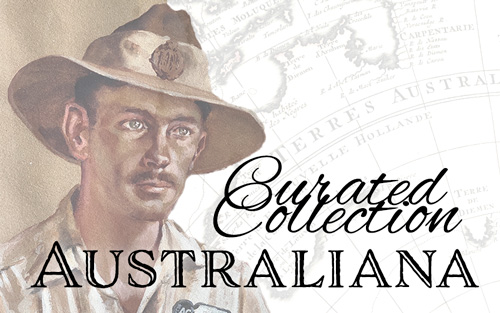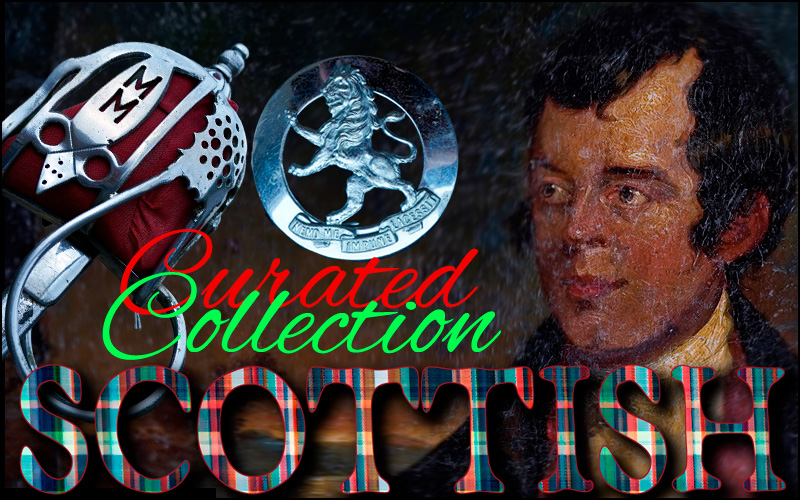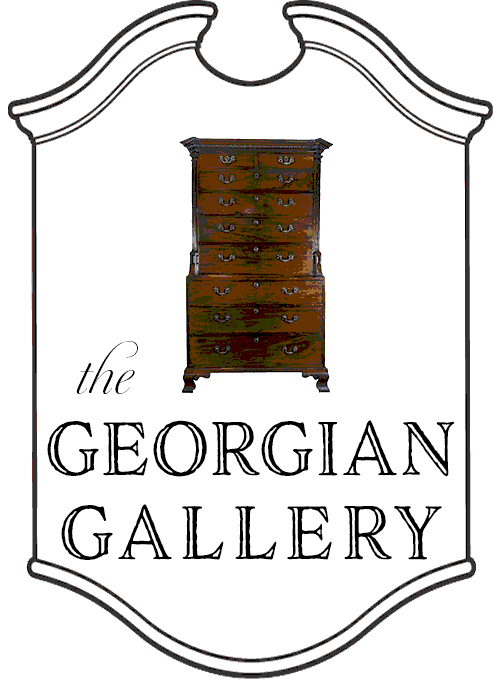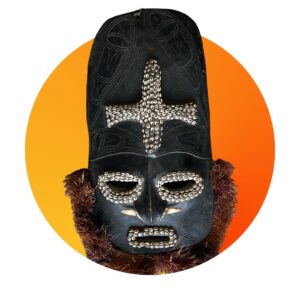Lavish is the word that best describes this Flight Worcester plate. It’s from the ‘Hope’ service, ordered in 1789 by William Henry, the Duke of Clarence, who was the third son of King George III and eventual inheritor of the British throne at the age of 64 after both brothers died without heirs.

The subject was chosen by him, and reflects his military career. Each piece has a different rendition of ‘Hope’ with her anchor, with a ship in the background. He had joined the Royal Navy in his youth, serving in North America and the Caribbean under Nelson. Nicknamed the ‘Sailor King’ when he came to the throne, it is little wonder he chose this nautical theme for his service.

Securing the service commission was a major event for the ailing Worcester factory, which had been purchased by John Flight in 1783. It was William’s second commission from the factory, the first being the ‘St Andrew’ service, celebrating his achievement of the Order of St Andrew, earlier in 1789.
John Flight recorded in his diary in January 1790:
‘We used our two best painters last week to make some very fine designs for the Duke of Clarence, we have already completed 3 plates and I have sent them to London. One is a gold arabesque design, another the figure of Hope, the other of Patience.’
A few days later on 24th January John Flight added:
‘Apart from the two plates mentioned… we have made two others with figures, Peace and Plenty. H.R.H. Duke of Clarence has decided on the Hope design with the decoration that we put on the Peace plate, he has ordered a table service that will amount to more than £700 sterling. He has given us a year in which to complete it…’

It is interesting to track down some original tabloid gossip from the period:

This news article intended to impress, inflating the price and the number of pieces. The comment about it being ‘particularly appropriate to the nautical profession of the royal proprietor …’ is interesting, as William was indeed a Navy officer. His father George III had determined he should join the Royal Navy, and so he entered the navy at 13 as a midshipman. He saw active service in the War of American Independence (targeted in a kidnap plot by an agent of George Washington in New York, 1782!), and became a friend of Nelson. He was placed on the Warwick under Captain George Keith Elphinstone, and spent time in the Caribbean. In 1789 he returned to England, where his father the King’s health was failing, but although he received promotions to rear-admiral, vice-admiral, and in 1799 admiral, the navy refused his pleas for a return to active service. When he gained the throne in 1830, he was affectionately known as ‘The Sailor King’.

Another news article, in the ‘Derby Mercury’ in 1791, quotes the same inflated price – 800 Guineas (more than the £700 Flight recorded in his journal) – but gets the number of pieces right at 296. The story related of his ‘Blue-blooded Britishness’ is fantastic – if it happened. He was offered a set of ‘Avignon China’ (French porcelain of some type) he refused, saying while OTHERS may be happy with foreign products, he wouldn’t even accept a piece of furniture that wasn’t British!
The back of this plate has a large pasted label, which declares the following:

Hope Service Label
Specimen of the Celebrated Service of Old Worcester
Porcelain, made and presented to Lord Nelson by the
Nation, bequeathed by him to King William the Fourth
who gave it to his son Lord Frederick Fitzclarence
and in whose Will the full particulars are given –It passed by marriage to the Earl of Erol and was
his up to May 1893 when it was dispersed at Christies
and realised nearly the sum of £2000.
This is of course different to what has been described at the top of this page, and is a fascinating example of mis-information. This old label provides us with the source of this mis-information, the Christies auction which dispersed the service in 1893. They of course got their information from the Earl of Erol, who had inherited it from his father, the illegitimate son of William IV, Fitzclarence. It was in this will that ‘the particulars’ were given, and so the confusion appears to have arisen right back then, just the next generation from when it was a wonderful new service that impressed the nation.
These days, there are pieces in major collections all over the world; the V&A has a fine example comparable with this one , as is another in the British Museum. We also have no less than a trio of them ‘across the road’ in Geelong, in the Geelong Art Gallery collection.


We are pleased to have a magnificent example as part of our 2016 Catalogue, and as a key piece in our Exhibition which opens on June 18th.
It’s a particularly nice example, being the one John Sandon illustrated in his 1993 book ” The Dictionary of Worcester Porcelain: 1751-1851 “















